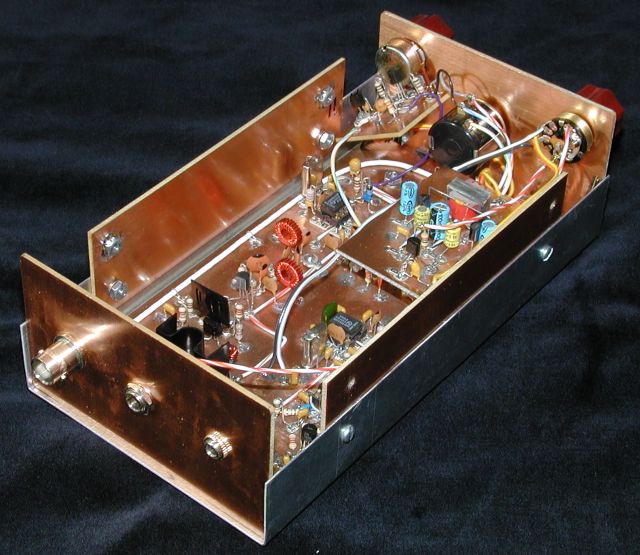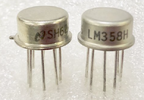Hey everyone! I've made a phase shift oscillator circuit on NI Multisim (photo attached), but don't quite know how to translate that to a breadboard (build this circuit on a breadboard). I was wondering if any of ya'll would be able to help me by providing a breadboard diagram on how to make it. Thanks heaps!


Last edited:




